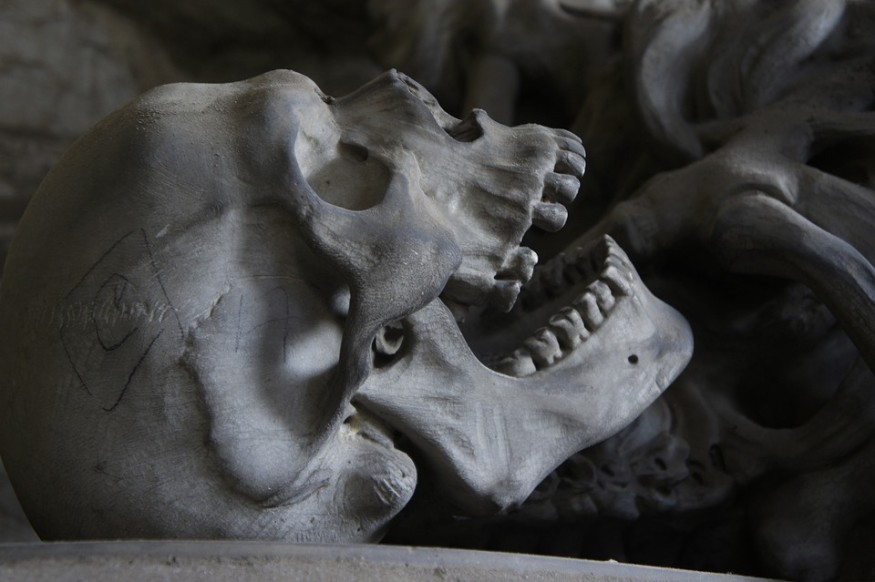An ancient item with a gruesome origin was discovered during an archaeological excavation in England, harkening back to long-forgotten cultural traditions that modern people can only speculate about today.
Science Alert reports that near Bar Hill, a few kilometers northwest of Cambridge, archaeologists from the Museum of London Archaeology (MOLA) discovered an Iron Age comb dating from roughly 750 BCE to 43 CE many years ago.

Human Skull-made Comb
Archaeologists were shocked upon finding the ancient comb as it was made from a bone, specifically from a human parietal bone, part of the human skull.
Researchers said other Iron Age artifacts made of human bone have previously been discovered in the Cambridgeshire area, but the recent bone artifact was particularly unusual. The comb's teeth have no wear pattern, implying that its purpose was ornamental or spiritual rather than practical.
According to British development planning requirements, the excavations were carried out before the renovation of a major highway. The comb itself appears to be unimportant after thousands of years below. A rectangular chunk of bone small enough to fit in the palm of the hand, fashioned into a comb form and now fractured with broken teeth.
It looks to have been a part of a bigger artifact at one point, wherein one edge is shattered, with part of the rim of a carved circular hole exposed. This prompted MOLA archaeologist Michael Marshall to propose a theory in which the comb might have been a type of amulet worn as a necklace.
Marshall told the BBC that for local community members, the Bar Hill Comb may have been a highly symbolic and powerful artifact. He added that it was likely that the Iron Age comb was cut from an influential member of Iron Age culture's skull to memorialize their presence via their bones.
Tools Made From Human Arm and Leg Bones
Aside from the bone comb, Ancient Origins reports that several archaeological sites in Britain have discovered pieces of human skulls with holes punched in them. These items are thought to have been worn as amulets, implying that this practice was rather common in prehistoric times.
Moreover, implements manufactured from human leg and arm bones have been discovered at several sites, demonstrating that the Iron Age dwellers of Britain were not at all hesitant to use human remains. Skulls were even taken from bodies after death in certain cases and displayed, indicating that ancestor worship was widespread in Europe during the Iron Age.
The Bar Hill Comb will now be stored in the Cambridgeshire Archaeology Archive, the major repository for archaeological artifacts from eastern England. MOLA specialists will continue to sift through the 280,000 items gathered during excavations associated with the National Highways A14 Cambridge to Huntingdon Upgrade Program in search of more buried treasures.
Researchers noted that the Bar Hill Comb was preserved for over 2,000 years beneath the ground and would have continued to do so if the new mega-highway had not been built. It only shows the importance of the highway archaeology project, which is regarded as a historical rescue mission.
RELATED ARTICLE : 6,000-Year-Old Negrito Skull Confirms Presence of 'Short, Dark-Skinned' People in Taiwan Before Indigenous Tribes Appeared
Check out more news and information on Archaeology in Science Times.
© 2025 ScienceTimes.com All rights reserved. Do not reproduce without permission. The window to the world of Science Times.










